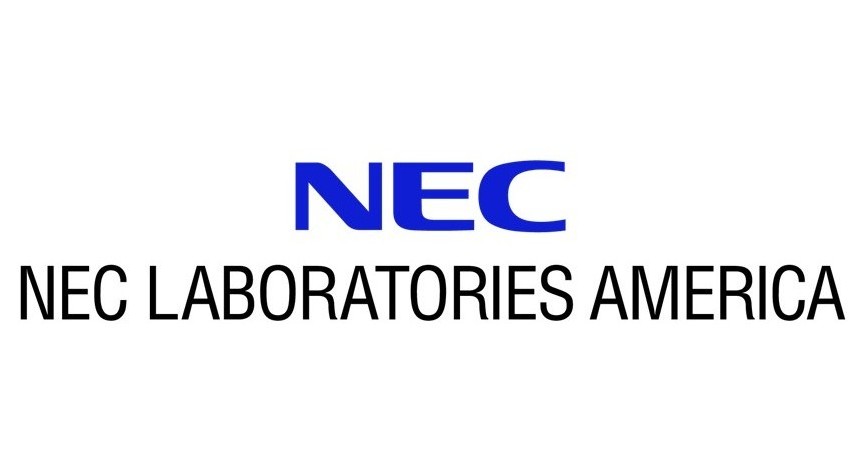Roadside Multi-LiDAR Data Fusion for Enhanced Traffic Safety
Roadside LiDAR (Light Detection and Ranging) sensors promise safer and faster traffic management and vehicular operations. However, occlusion and small view angles are significant challenges to widespread use of roadside LiDARs. We consider fusing data from multiple LiDARs at a traffic intersection to better estimate traffic parameters than one can estimate from a single LiDAR. The key challenge is to calibrate multiple LiDARs both in time and space. The problem is more complex when heterogeneous sensors differ in resolution and are positioned arbitrarily on a traffic intersection.We propose a calibration technique to fuse multiple LiDARs. We show that our technique works on various data granularity and enables real-time analytics for roadside traffic monitoring. We evaluate on a large number of simulated traffic scenarios and show that fusion improves accuracy of vehicle counting and near-collision detection. We apply our algorithm on real traffic data and demonstrate utility in classifying vehicles and detecting occluded traffic participants.

